This year’s festival was blessed with lots of inspiration, and ideas which gardeners can apply to their own gardens at home.
1. Water ways
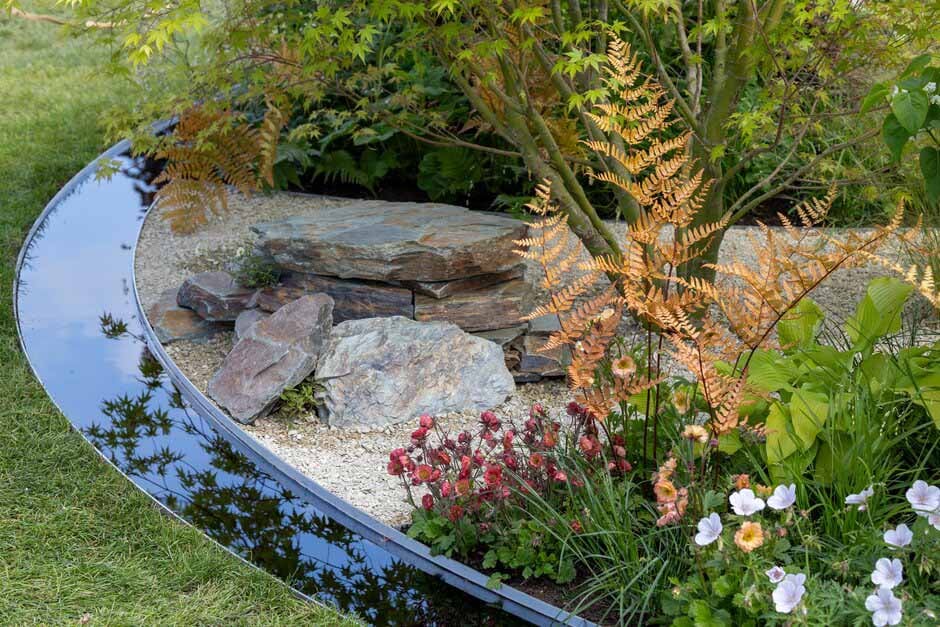
Water features are a common element in RHS Show Gardens, and at RHS Malvern water was flowing through rills, streams and channels. The brook beside The Cotswold Garden matched the flow of the design from formal dining to wildlife meadow. In the Macmillan Legacy Garden, Kerianne Fitzpatrick and TJ Kennedy dyed the rill which encircles their garden black, so it would reflect the colours of the overhanging planting. Ian McBain created a suspended aquaduct to transport rainfall, harvested from the garden room, to the water features at the front of the garden in Concrete 2.0.
As seen on: Macmillan Legacy Garden,
The Cotswold Garden,
Concrete 2.0
2. Second seating
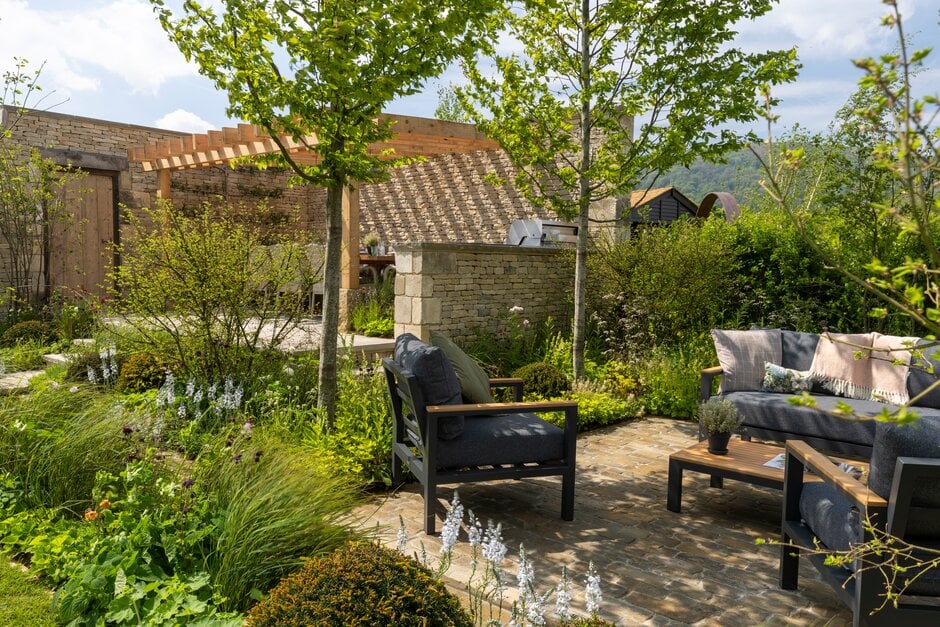
In every garden it’s essential to have a place to relax and take in the view. However just one seating area doesn’t make the most of the changing light and the different uses of the garden. This was reflected at RHS Malvern with many of the designs incorporating two spots to stop and reflect on the beauty and fragrance of the flowers. The Cotswold Garden had a dining area and also a more relaxed space for drinks later in the day. The Grand Escape provided a bench for looking over the planting and a rocking chair for relaxing with a book. Many gardens had seating within a garden room as well as somewhere outside to take in the sun. Demonstrating that even in a small garden there should be lots of opportunities to rest and enjoy.
As seen on: The Cotswold Garden,
The Grand Appeal Garden,
The Laskett Garden,
Concrete 2.0.
3. Peat free houseplants
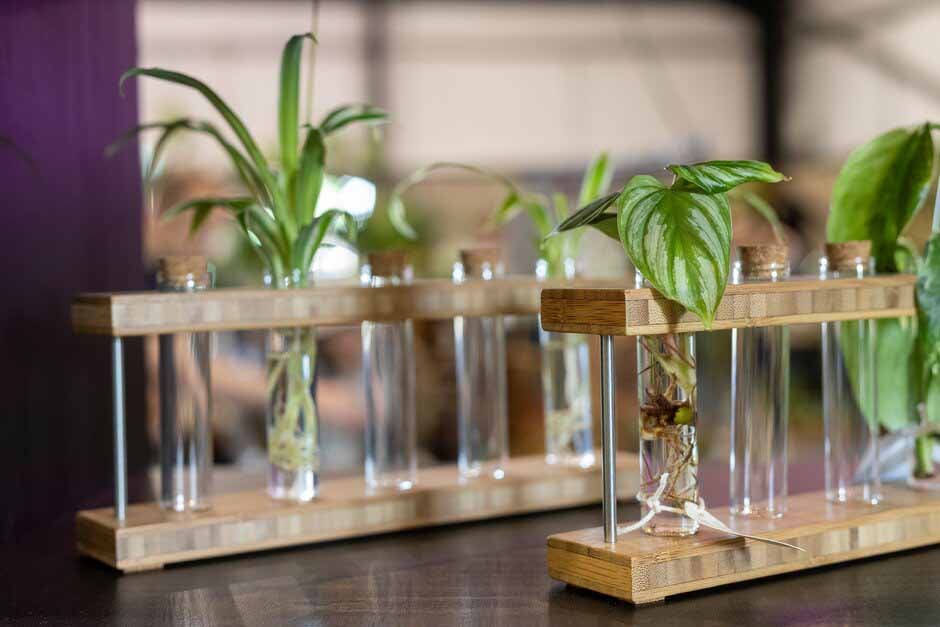
The use of peat is no longer sustainable, and as many gardeners now grow indoors, the limitations of traditional composts is leading many to explore alternative methods. With the increasing popularity of indoor plants there is also a growing awareness of their particular needs and requirements, which aren’t met by multi-purpose compost. Soil Ninja’s stand in the Festival of Houseplants demonstrated a range of different growing mediums and examples of various mixes appropriate to different types of plant. It can be a simple as growing a cutting in a jar of water, or as detailed as creating a recipe specific to your plant.
As seen in: Festival of Houseplants,
The Floral Marquee
4. Dead wood
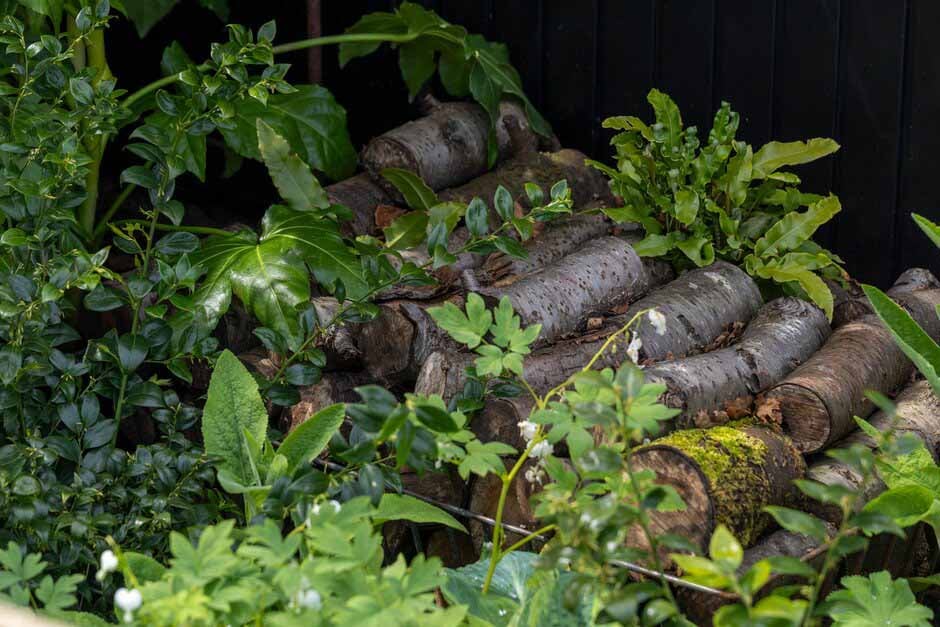
Dead wood is anything but useless, it provides a great habitat, provides structure and looks good too. Many of the Show Gardens had a log pile tucked into a corner or, like The Grand Appeal Garden, used branches to create a fence.
As seen on: Concrete 2.0, The Secret Escape,
It Doesn't Have to Cost the Earth,
The Grand Appeal.
5. All stages of life
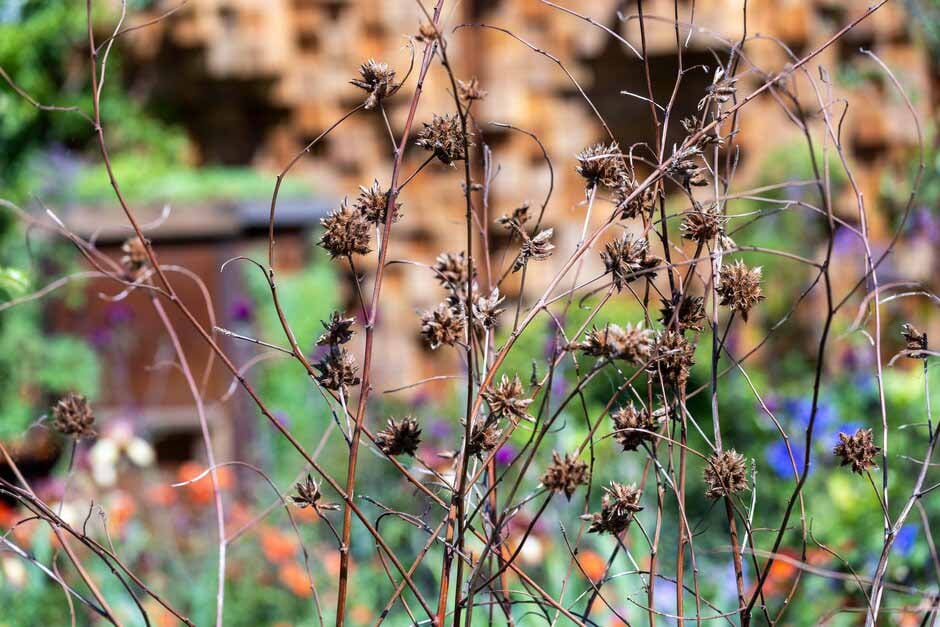
There once was a time where a Show Garden would be the last place you would see a weed, or a flower that had gone over or was yet to bloom. However, as part of the ambition to reflect the realities of gardens and welcome biodiversity, increasingly designers are choosing plants at all stages of the life cycle and celebrating the beauty of a seed head.
As seen on: It Doesn’t Have to Cost the Earth,
The Laskett Garden,
The Cotswold Garden
6. Herbs in borders

No longer confined to a herb bed or containers by the kitchen door – herbs were found in flower beds, providing ground cover and through their scented leaves, adding an extra sensory element to the gardens.
As seen on: The Laskett Garden,
Eat Drink and be Rosemary,
The Macmillan Legacy Garden,
It Doesn’t Have to Cost the Earth
You might also be interested in...

